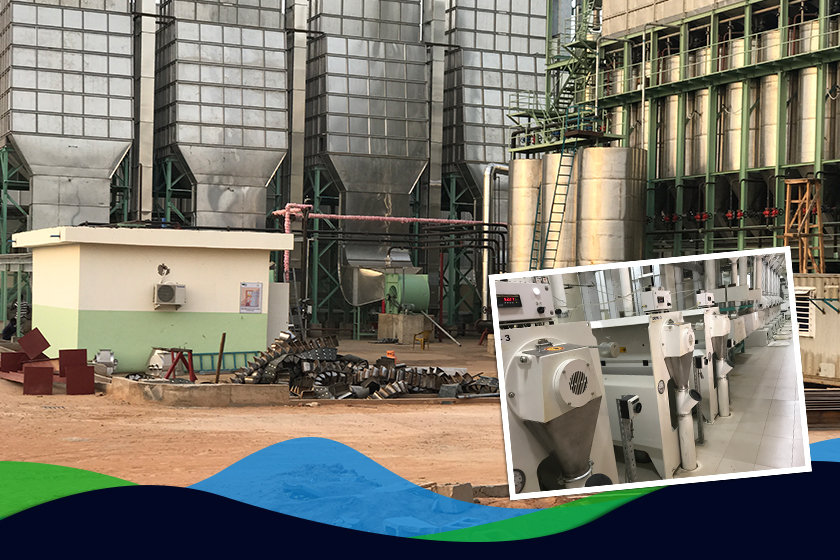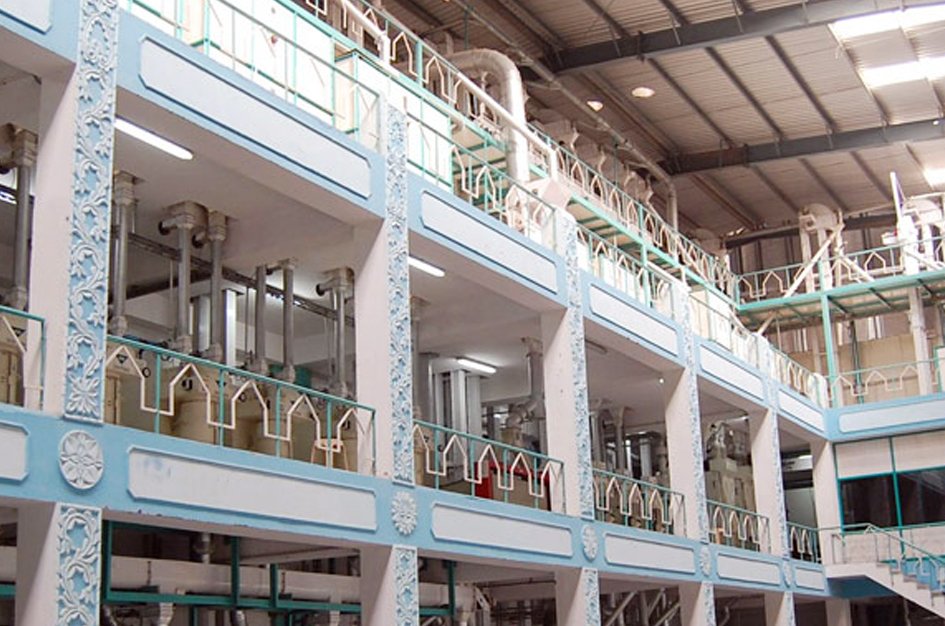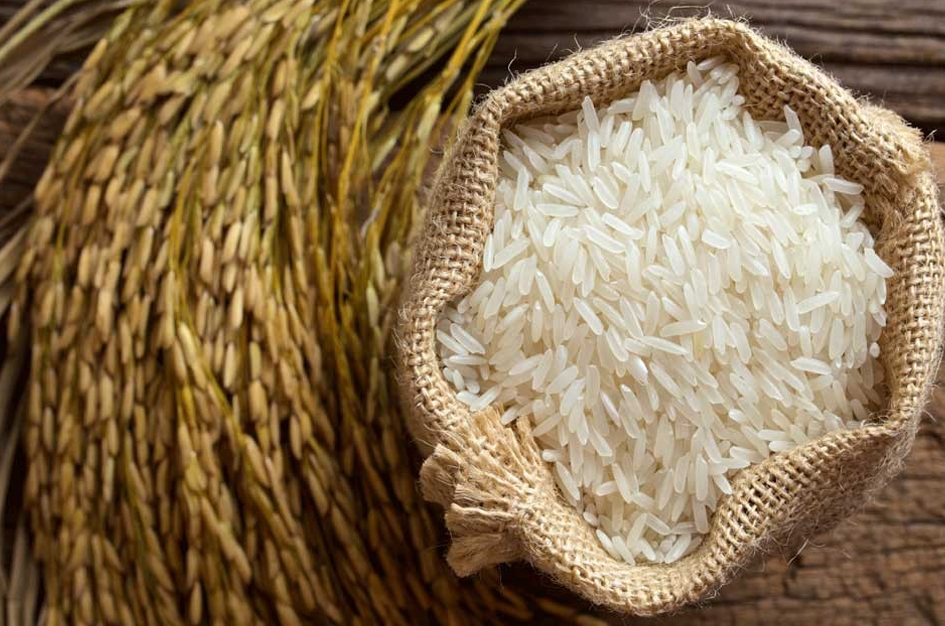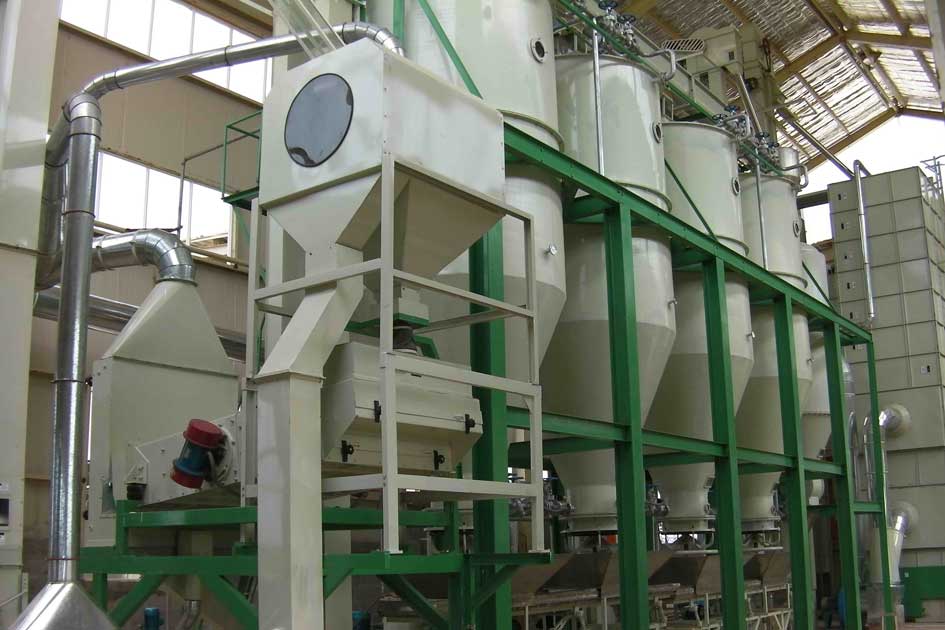The Rice milling removes husk and bran from paddy grains so that these can be made edible usually produces polished rice. After adding aroma and flavor it is ready to be marketed. As rice is one of man’s consumed staple foods and helps sustain two-thirds of the world’s population, without this process millions will go hungry. The demand for rice including that of polished variety is burgeoning as figures illustrate. However, the sales in India are mainly determined by government agencies and Government that sets the Minimum Support Price and even procures majority of the paddy (20-25%) While setting up Rice Mill Plant for Rice Processing are immensely lucrative with ever greater returns, a license from the Government -albeit with fairly stringent terms and conditions must necessarily be procured and the license comes.
So, employing a Rice Mill Consultant who is very conversant with norms and are Rice Mill Engineers & Designers, is necessary. They can act as facilitators as they know the nitty gritty in India and can negotiate the complex terms and conditions set for obtaining a license in India proves to be a riddle. Rice Mill Project Consultant can make it easy to resolve- especially if they possess 360-o expertise with expertise as Storage Silo Project Consultant. Nextech Grain Processing & Engineering Solutions Pvt. Ltd. is a 360-degree rice mill consultant over 10 years’ experience – and being promoted by two professionals with a definite edge over competitors in terms of detailed engineering and process control knowhow.
SETTING UP A RICE MILL IN INDIA
Apart from acquiring a significant starting capital, the critical point is to acquire the required know-how & getting the approvals for convoluted regulations from the government. A Rice Milling Business plan needs to be formulated and is critical as it lays out in details the investments required, the number of people for hire, profit and loss forecasts, likely cash flow analysis & predictions and the projections for the proposed rice mill business. Employing Rice Mill Project Consultant is the key point in acquiring Rice Mill Engineers & Designers, & Rice Mill Machinery necessary for the highly advanced and often automated rice mill.
MAIN PROCESSES OF A WHOLE RICE MILLING PLANT
Proto Rice Mill stage
At this stage, the rice field needs to be prepared for planting. Steps like Paddy transplanting and Rice harvesting including reaping, stacking, handling, threshing, cleaning, and hauling are critical and are all performed by Rice Combine Harvesters.
Rice processing steps
After arriving at the mill, it goes through a series of sorting machines to separate the kernels from any debris. The rough rice is made to pass through “Sheller” machines. Brown rice is left behind, that is then worked by machines revealing white or “polished” rice.
Post Production Processes
1. Fully automatic rice mill plant ensure pre-cleaning, de-husking, paddy separating, milling, grading et al. Nextech has expertise of Rice Mill Machine Design, Rice Milling Plant Layout Design to set up the optimized rice plant.
2. The Pre-cleaning process through Paddy cleaner extracts all impurities like dust, straw, sand, clay and heavy particles from the paddy. Rice dehusking: Removes the husk and bran from the paddy rice leaving a minimum broken grain.
3. Paddy separating separates the dehusked paddy & brown rice. White rice produced by machines that remove the bran layers through rubbing revealing “white”/”polished” rice.
4. Rice grading separate immature grains to ensure independent milling of graded lots Weighing and packing is now undertaken for transport to the customer.
5. Environment-friendly steps- millers have switched to clean fuel like crop stalk and straw, rice husk, etc. As the leading Rice Mill Engineers & Designers & Rice Mill Consultant, Nextech Solutions– provide support at every stage.
 MAIL US :
MAIL US :
 CALL US :
>
CALL US :
>



